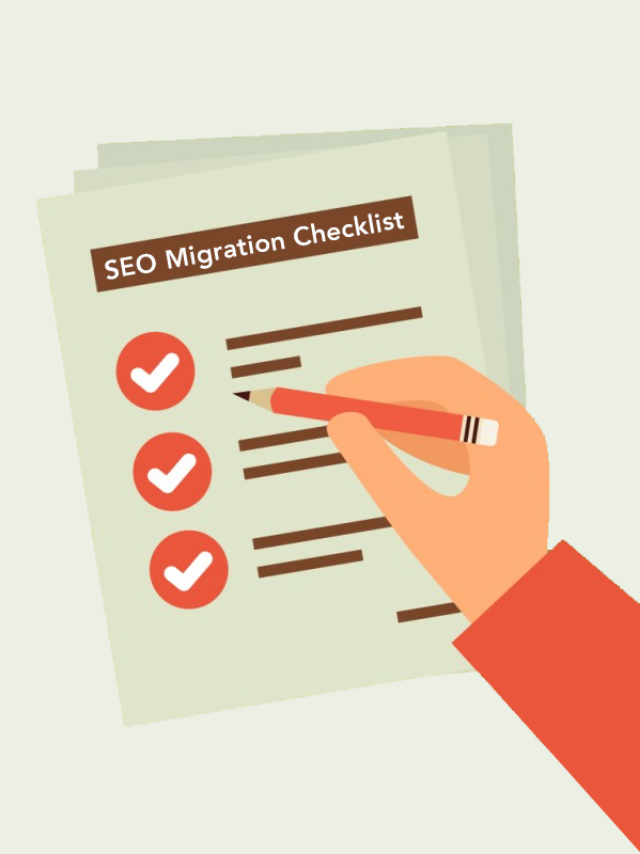Updated: Apr 09, 2025
Author: Tony Waldegrave
Too often we are approached by business owners seeking answers as to why their web traffic has dropped dramatically on their newly launched website. Many have acquired a new website with the expectation of an increase in traffic and are surprised when the reverse occurs.
The realisation of a traffic loss normally occurs about 3 months following the launch of a new website. It's often quite challenging to remedy these losses quickly and in a short time period once the damage has been done.
This article sets out our recommendations and includes best practice SEO advice for mitigating the risk in migrating to a new website design.
Traffic loss is a risk associated with new websites and often occurs due to the web developer having insufficient understanding of SEO and the requirements to achieve a successful migration. It may also not have been included as part of the web developers scope or brief and this is quite common as it adds extra cost to the project.

The traffic drop is nearly always organic Google traffic and the most common reason for the reduction is because organic ranking pages have inadvertently been removed or placed on new url addressing on the new or revised website design. These once strong ranking pages are no longer live and will likely be reporting 404 errors and accordingly Google quickly pulls any ranking associated with these pages and thus the traffic flow to the website declines.
Changing the url address of web content is a bit like changing phone numbers – if you don’t set up a redirect or advise customers of your new number/content address, then no one will be able to call you/find your content.
The other common reason is the new website resides on a entirely new domain name and that the migration to the new domain was not properly managed. Changing to a new web host can also cause problems.
Act as soon as you have identified that you have a problem, ideally engage a SEO expert to review the situation and advise your best course of action, otherwise get your web developer to:
Often the reality is that any damage to your organic traffic will take time to return, possibly 4 – 6 months following the launch and is best worked on, not just left unaddressed.
To avoid the risk in the first place, follow the guidelines below;
If you are changing your website to a new domain, then you should also:
It is recommended that you monitor the website closely in Google Search Console for the first month to stay alert to any issues requiring your attention.
Another point is to ensure that your web developer implements the same Google Analytics code as your previous website so you can maintain historical metrics and allowing you to compare relative performances between the new and old versions of the website.
A website migration doesn’t have to result in lost traffic if you follow the proper SEO procedures.
If you are planning a new website, then we would recommend that you get some specialist SEO advice at the beginning of the planning and design stage. Your new website information architecture should be reviewed by an SEO expert before your developer starts building the website.
For more information and advice, please contact us for an initial SEO consultation.
Our reputation goes hand-in-hand with our team’s dedication to best practice. As a registered Premier Google Partner, our team refreshes our certifications every 12 months — A tradition we started over a decade ago. To stay ahead, we are always looking forward to upcoming certifications for online advertising, website development and search engine optimisation.
Blog • Terms • Privacy • 110 Mount Eden Rd, Mount Eden, Auckland 1024 • Mon–Fri 8:30am–5pm
© 2007-2025 Adhesion